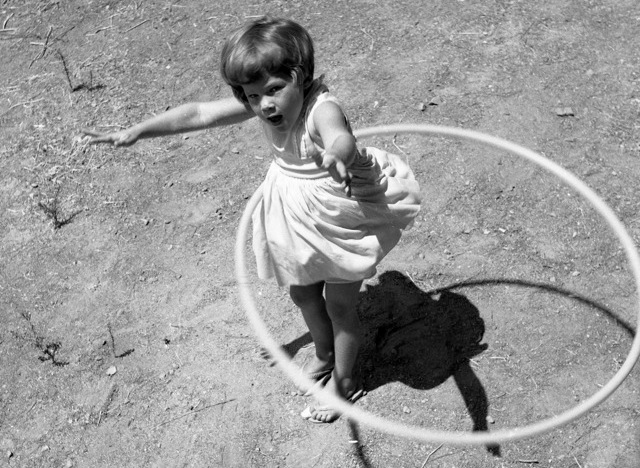5 basic for loop patterns
yourbasic.org/golang
A for statement is used to execute a block of code repeatedly.

Three-component loop
This version of the Go for loop works just as in C or Java.
sum := 0
for i := 1; i < 5; i++ {
sum += i
}
fmt.Println(sum) // 10 (1+2+3+4)- The init statement,
i := 1, runs. - The condition,
i < 5, is computed.
- If true, the loop body runs,
- otherwise the loop is done.
- The post statement,
i++, runs. - Back to step 2.
The scope of i is limited to the loop.
While loop
If you skip the init and post statements, you get a while loop.
n := 1
for n < 5 {
n *= 2
}
fmt.Println(n) // 8 (1*2*2*2)- The condition,
n < 5, is computed.
- If true, the loop body runs,
- otherwise the loop is done.
- Back to step 1.
Infinite loop
If you skip the condition as well, you get an infinite loop.
sum := 0
for {
sum++ // repeated forever
}
fmt.Println(sum) // never reachedFor-each range loop
Looping over elements in slices, arrays, maps, channels or strings is often better done with a range loop.
strings := []string{"hello", "world"}
for i, s := range strings {
fmt.Println(i, s)
}0 hello
1 world
See 4 basic range loop patterns for a complete set of examples.
Exit a loop
The break and continue keywords work just as they do in C and Java.
sum := 0
for i := 1; i < 5; i++ {
if i%2 != 0 { // skip odd numbers
continue
}
sum += i
}
fmt.Println(sum) // 6 (2+4)- A continue statement begins the next iteration
of the innermost for loop at its post statement (
i++). - A break statement leaves the innermost for, switch or select statement.
Further reading
See 4 basic range loop (for-each) patterns for a detailed description of how to loop over slices, arrays, strings, maps and channels in Go.
Go step by step
Core Go concepts: interfaces, structs, slices, maps, for loops, switch statements, packages.

